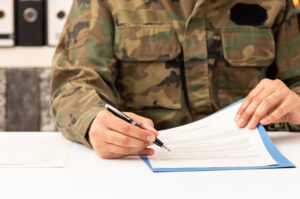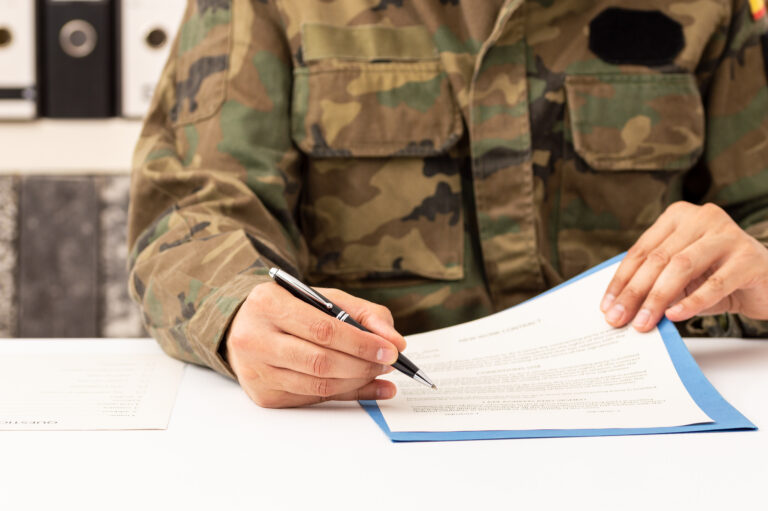How to Protect Your CAC Card
The Common Access Card (CAC) is a critical piece of identification for military personnel and government employees. It grants access to secure information and physical locations. Protecting your CAC card is necessary to maintain security and prevent identity theft.
Understanding the Importance of CAC Card Security
The CAC card contains sensitive personal information, including your name, rank, and security clearance level. Additionally, it provides access to official systems and networks. Loss or misuse of this card can lead to unauthorized access and potential breaches.
Best Practices for Handling Your CAC Card
Keep It on Your Person
Always carry your CAC card with you, preferably in a wallet or a cardholder. Avoid placing it in easily accessible pockets where it can fall out or be stolen.
Avoid Sharing Your Card
Never give your CAC card to others. Even if someone claims to need it for official reasons, verify their identity and authority before considering any transfer.
Use a Secure Lanyard
When wearing your CAC card around your neck, use a breakaway lanyard. This type of lanyard prevents choking hazards and enhances security by ensuring the card stays close to you.
Electronic Safeguards
Enable Pin Protection
Your CAC card has an embedded chip that can be accessed with a Personal Identification Number (PIN). Always enable this feature and choose a strong PIN. Avoid using easily guessable numbers such as birthdates or sequential patterns.
Regularly Update Your PIN
Change your PIN regularly to reduce the risk of unauthorized access. If you suspect that your PIN has been compromised, update it immediately.
Utilize Protective Sleeves
Invest in an RFID-blocking sleeve to protect your CAC card from being skimmed. This sleeve prevents unauthorized devices from accessing the card’s information wirelessly.
Physical Security Measures
Store Your Card Safely
When not in use, store your CAC card in a secure location, such as a locked drawer or a safe. This reduces the risk of it being misplaced or stolen.
Avoid Damage
Keep your CAC card in good condition. Don’t bend, scratch, or expose it to extreme temperatures. A damaged card may not function properly and could compromise security.
Monitor for Damage
Regularly check your card for signs of wear and tear. If the card shows damage, report it immediately to the appropriate authority to obtain a replacement.
Reporting Lost or Stolen Cards
If your CAC card is lost or stolen, report it immediately to your chain of command or security office. Prompt reporting helps to deactivate the card and prevent potential misuse.
Document the Incident
Provide a detailed account of how the card was lost or stolen. This information helps security officials understand the circumstances and take appropriate actions.
Request a Replacement
Follow the established procedures for obtaining a replacement CAC card. You may need to provide identification and complete specific forms.
Training and Awareness
Participate in security training sessions to stay updated on best practices for protecting your CAC card. Awareness of current threats and security measures is critical in preventing unauthorized access.
Review Policies Regularly
Familiarize yourself with organizational policies regarding CAC card use and protection. Regular reviews ensure compliance and reinforce the importance of card security.
Stay Informed
Stay informed about new technologies and techniques related to CAC card security. Continuous learning helps you adapt to evolving threats and enhances your ability to protect your card effectively.
Common Mistakes to Avoid
Sharing Your Pin
Avoid sharing your PIN with colleagues or friends. Your PIN is confidential and should only be known to you.
Leaving Your Card Unattended
Never leave your CAC card unattended in public or unsecured spaces. Even a moment of inattention can lead to loss or theft.
Ignoring Security Updates
Don’t ignore official communications regarding CAC card security updates. These updates often contain essential information and procedures for enhanced protection.
Emergency Protocols
Know Whom to Contact
Familiarize yourself with emergency contact numbers and procedures for your organization. Having this information readily available ensures swift action if your card is compromised.
Maintain Backup Identification
Keep a secondary form of identification in a secure location. This backup can be crucial if your CAC card is lost or stolen, allowing you to quickly verify your identity.
Follow Incident Procedures
Follow your organization’s incident response procedures if your CAC card security is compromised. Prompt and decisive action can mitigate the damage and restore security.
“`






